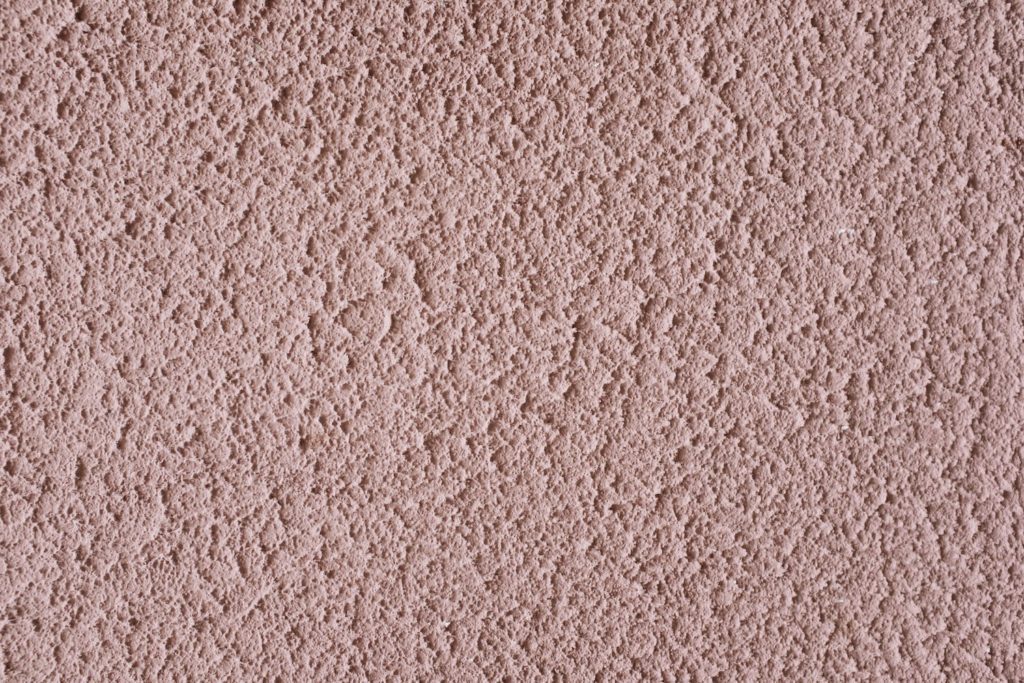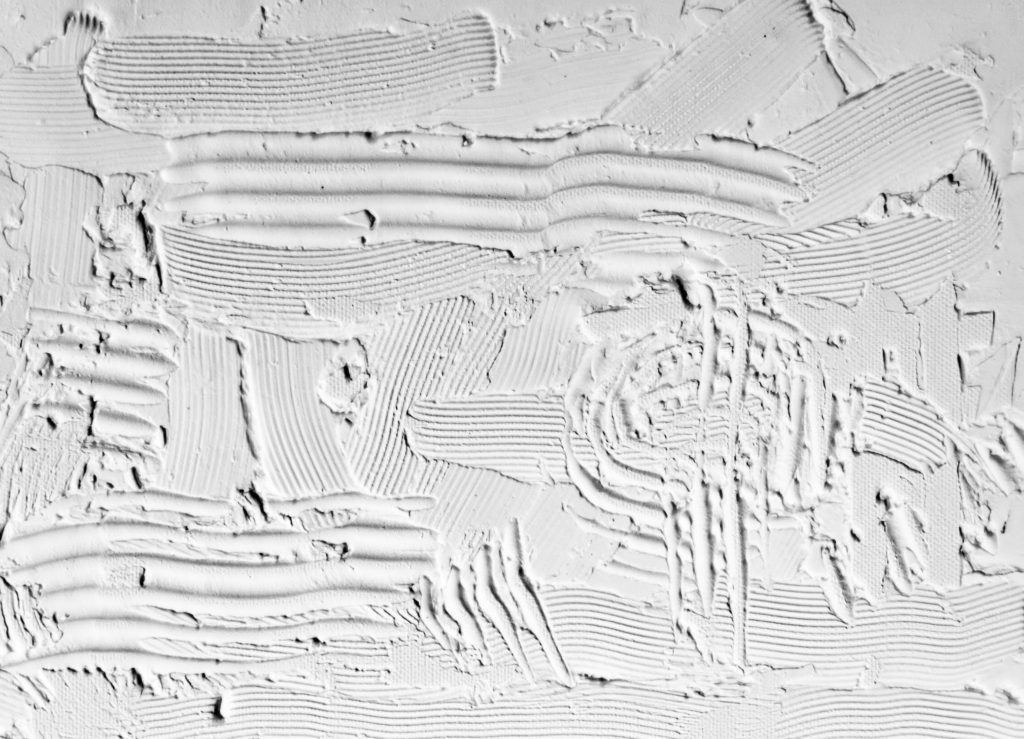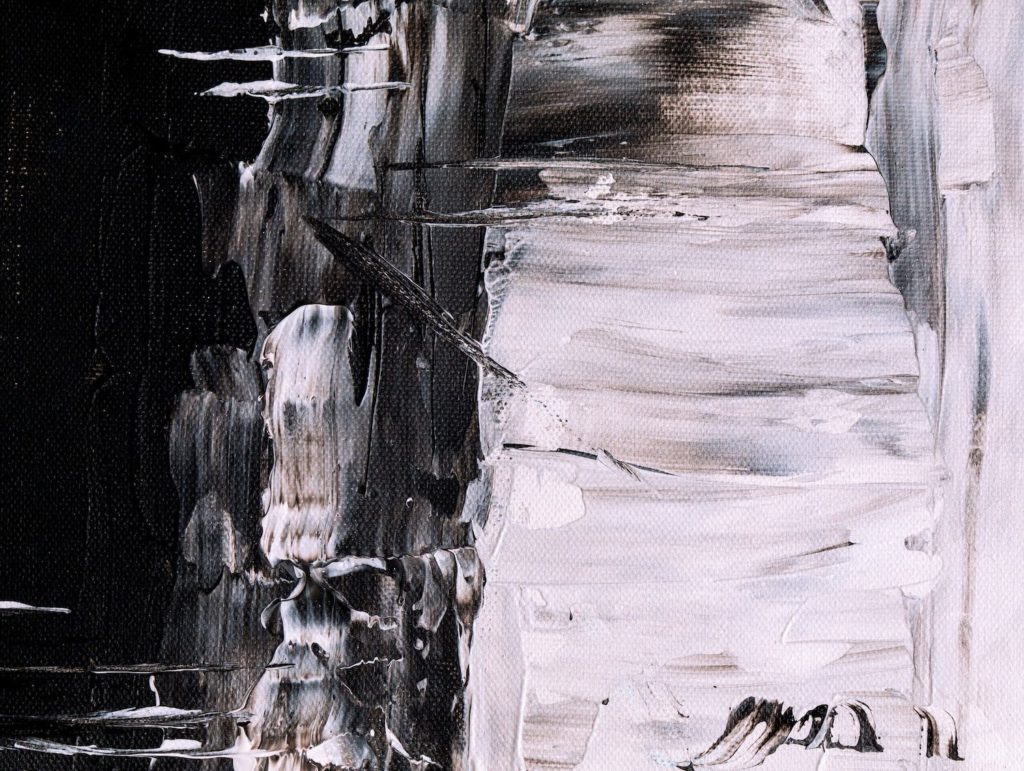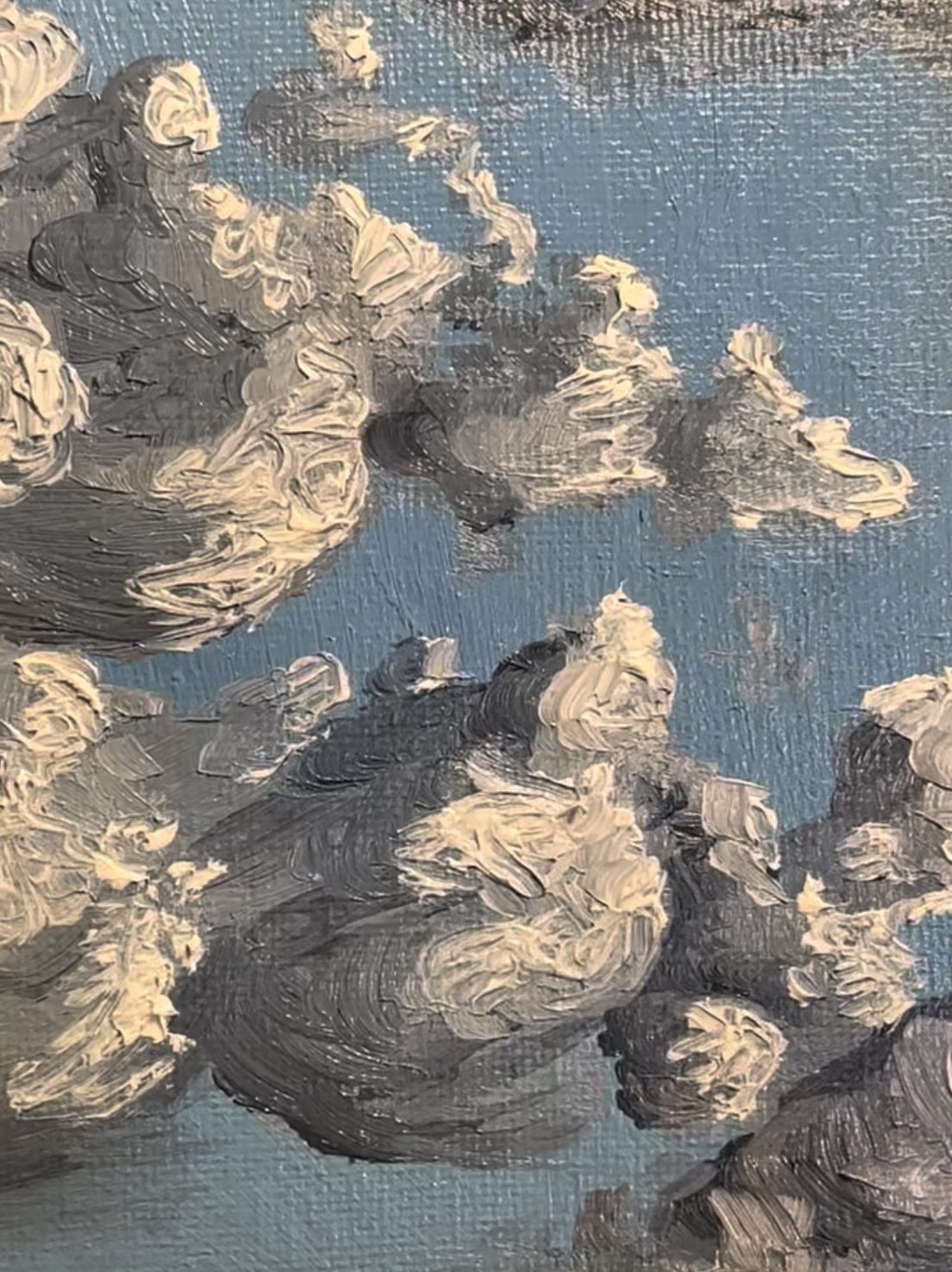Texture being added to a piece of artwork can make such a difference. It creates so much movement and adds dimension to a canvas. In this post, I will explain how to make textured canvas art and display products that can be used to do so.
What is Textured Canvas Art?
Textured canvas art refers to artwork created on canvas using various techniques and materials. It is to create a tactile, three-dimensional surface.
The surface can be created through the use of mediums such as acrylic gel, modeling paste, sand, or other materials. They can be applied to the canvas surface to create texture.
Artists may use tools such as brushes, palette knives, sponges, or other implements to apply the medium. You may experiment with different techniques to create different effects. An example is dragging a comb through the medium to create lines or using a sponge to create a sponge-painted effect.
Textured canvas art can add depth, dimension, and visual interest to a piece. It can be particularly effective in creating works with a sense of movement or energy. It is a popular technique among contemporary and minimalist artists and is often used in abstract or mixed-media art.
I have a lot of these art types highlighted more in detail in my post about the types of artwork.

What Do I Need to Get Started?
To create textured canvas art, you will need some basic art supplies, as well as some additional materials depending on the type of texture you want to achieve. Here is a general list of supplies you might need:
- Canvas: A stretched canvas of any size or shape.
- Medium: A substance used to create texture, such as acrylic gel medium, modeling paste, sand, or other materials that are listed in the list below.
- Brushes: A variety of brushes, including a palette knife or other tools for applying the medium.
- Paints: Acrylic or oil paints, depending on your preference.
- Palette: A palette for mixing paint colors.
- Gesso: A primer used to prepare the canvas surface. (Optional, depending on how textured you want the canvas)
- Water: For cleaning brushes and thinning paint.
- Paper towels or rags: For wiping brushes or cleaning up spills.
- Protective gear: Gloves or protective clothing, if necessary.
- Optional: Additional materials, such as collage materials or other substances to add to the texture.
Once you have gathered your supplies, you can experiment with different techniques to create unique and textured works of art. Remember that creating textured canvas art is a creative process, so don’t be afraid to experiment and try new things.
Types of Textured Medium You Can Use
There are several mediums that can be used to create textured canvas artwork. Some popular options include:
Acrylic gel medium:
This medium can be mixed with acrylic paint to create a textured surface. It comes in different consistencies, from heavy to light. You can be apply it with a brush, palette knife, or other tools.
It is a substance that is used to create texture and build up layers in acrylic painting. Acrylic gel medium is made up of a polymer emulsion that contains acrylic polymers, which provide a thick, paste-like consistency.
When acrylic gel medium is mixed with acrylic paint, it extends the color, increasing transparency and improving adhesion. It is used to create a range of effects, from impasto and heavy textures to thin glazes and washes.
Acrylic gel medium also dries to a clear, glossy finish. So, it can be useful for creating a wet or shiny effect. It is also used as an adhesive for collage materials and other mixed media applications.
Modeling paste:
This medium is similar to acrylic gel medium, but it is thicker and dries harder. It is used to create bold, sculptural textures on canvas.
Modeling paste is a thick, opaque medium that you use to create texture and build up layers in a painting. It is made of a mixture of marble dust, white pigment, and an acrylic polymer emulsion.
When applied to a surface such as canvas, modeling paste can be shaped and molded to create a range of textures. It will be smooth, to rough and gritty. It is used to create raised surfaces and relief effects.
This is especially useful in creating a sense of depth and dimension in an artwork.
Modeling paste is applied with a palette knife, brush, or other tools, and it is mixed with acrylic paints or other pigments to create custom colors. Once dry, you can sand it, carve it, or paint over it to create your finished artwork.

Gesso:
This primer is typically used to prepare a canvas for painting. However, it can also be used to create texture. It can be applied in multiple layers to build up a textured surface.
Gesso is a primer used to prepare surfaces for painting. It is typically made of a mixture of gypsum or chalk, binder, and water, and it comes in both acrylic and traditional varieties.
Gesso works by creating a smooth, porous surface that helps to prevent the absorption of paint. It also prevents absorption of other materials into the canvas fibers or other surface. Gesso helps to ensure that the paint adheres properly to the surface, creating a durable and long-lasting artwork.
To use gesso, it is typically applied in several thin layers to a clean, dry surface such as a canvas, panel, or paper. The gesso then is allowed to dry completely before painting or other materials are applied.
Gesso is also used to create a range of effects, from a smooth, even surface to a textured or rough surface just like modeling paste. It depends on the application method and the type of gesso used. You can tint it with acrylic paints or other pigments to create custom colors.
Sand or other granular materials:
Sand is a popular material for creating texture in paintings. Adding sand or other granular materials to paint or medium can create a gritty, textured surface. This can be especially effective for creating a beach or desert scene.
When using sand for textured paintings, it is typically mixed (to hold it on the canvas) with a medium such as acrylic gel medium, modeling paste, or gesso. The sand is then applied to the canvas using a palette knife, brush, or other tool, either alone or mixed with other materials.
Once the sand is applied, it should be left as is or painted over to create a finished artwork. Sand is also combined with other materials such as paint, ink, or collage materials to create unique mixed media artworks.
The texture created by sand can provide a sense of depth and dimension to a painting, as well as adding visual interest and variety. It is used to create a range of effects, from a subtle, grainy texture to a rough and rocky surface.
Collage materials:
Collage materials can be used to add texture to a painting by introducing a variety of surfaces and materials into the artwork. It involves layering different materials such as paper, fabric, photographs, and other found objects. You put them onto the surface of the painting. When done correctly, this technique can create a sense of depth, dimension, and texture.
The materials used in collage can vary widely, from smooth and flat to rough and textured. For example, torn paper can create a jagged, irregular edge that adds visual interest to the painting. In turn, fabric can introduce a soft, tactile surface. Other materials such as string, wire, and beads can create a three-dimensional effect.
To create a textured painting with collage materials, you are beginning by preparing the surface of the canvas with a layer of gesso or other priming material. The collage materials are arranged on the canvas, with layers of medium such as acrylic gel medium or adhesive used to secure them in place.
Once the collage is complete, the painting can be painted over with acrylic or other paint mediums. This allows the textures and shapes of the collage materials to show through. The result is a layered, textured artwork that can be both visually striking and tactile.
Building up Paint
Paint is possibly the easiest way on how to make textures canvas art.
Building up paint for texture involves layering multiple coats of paint onto the canvas to create a textured surface. This technique is often used in impasto painting, where thick layers of paint are applied to create a sculptural effect.
To build up paint for texture, the artist typically begins with a base layer of paint applied to the canvas. This layer can be thin or thick, depending on the desired texture and effect. Once the first layer has dried, the artist can begin adding additional layers of paint, each layer building on top of the previous one.
As the layers of paint build up, the texture of the painting becomes more pronounced. The artist can use a palette knife or brush to shape and manipulate the paint, creating peaks and ridges that add depth and dimension to the artwork. The paint can also be mixed with other materials such as sand or modeling paste to create even more texture.
Building up paint for texture can be a time-consuming process, as each layer must be allowed to dry completely before the next one can be added. However, the result can be a dynamic and visually striking artwork that captures the attention of the viewer.

Ultimately, the choice of medium will depend on the artist’s desired effect and personal preference.
Comments are closed.


I needed to thank you for this wonderful read!! I absolutely loved every bit of it. I have you saved as a favorite to check out new things you postÖ